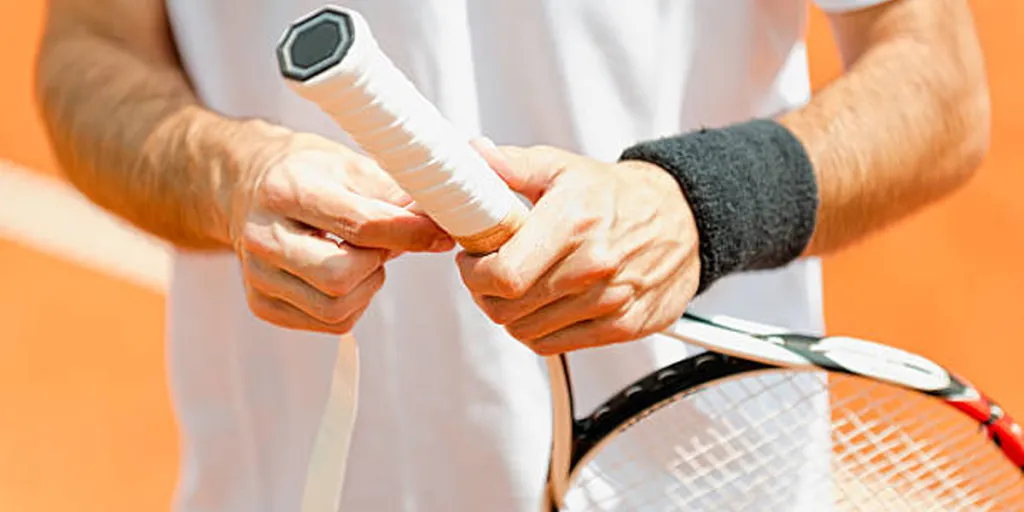They may be small, but tennis racquet grips have a big impact on a player’s overall comfort and performance on the court. These grips are designed to allow players to hold on to a racquet during long and intense rallies without causing fatigue in the hands. There are many factors to consider when choosing the best tennis racquet grips, so keep reading to find out more.
Table of Contents
Global market value of tennis equipment
Best tennis racquet grips
Conclusion
Global market value of tennis equipment
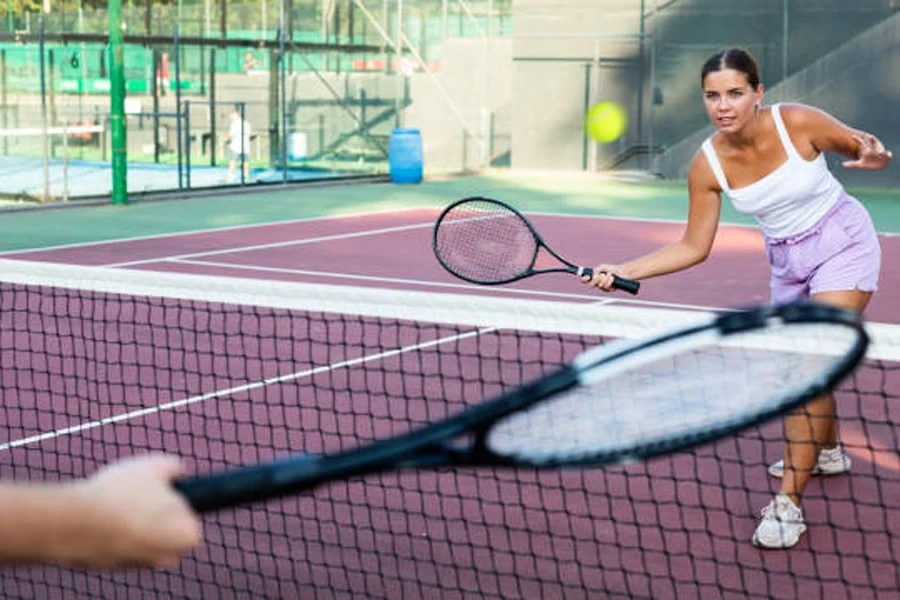
There’s a lot of equipment used in tennis, regardless of the skill levels of the players. Tennis gear such as racquet bags, tennis balls, and tennis shoes are considered essential, but smaller accessories like tennis racquet grips is equally important and make up a large portion of sales.
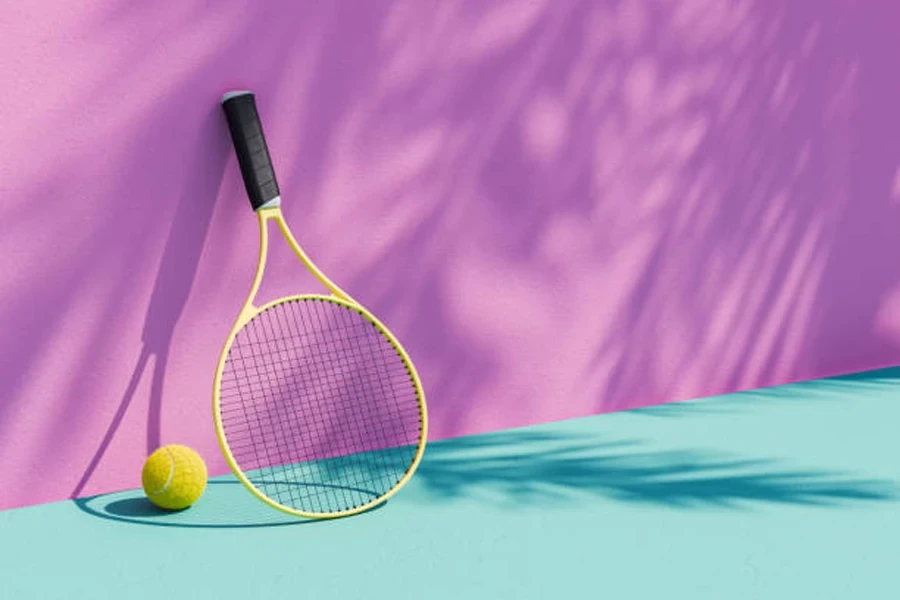
Future Market Insights states that by 2023, the global market value of tennis equipment reached USD 9.24 billion. That number is expected to rise to at least USD 12 billion by 2033, growing at a compound annual growth rate (CAGR) of 2.6% over 10 years. As tennis becomes more popular as a recreational sport, sales are expected to increase, along with demand for essential tennis accessories.
Best tennis racquet grips
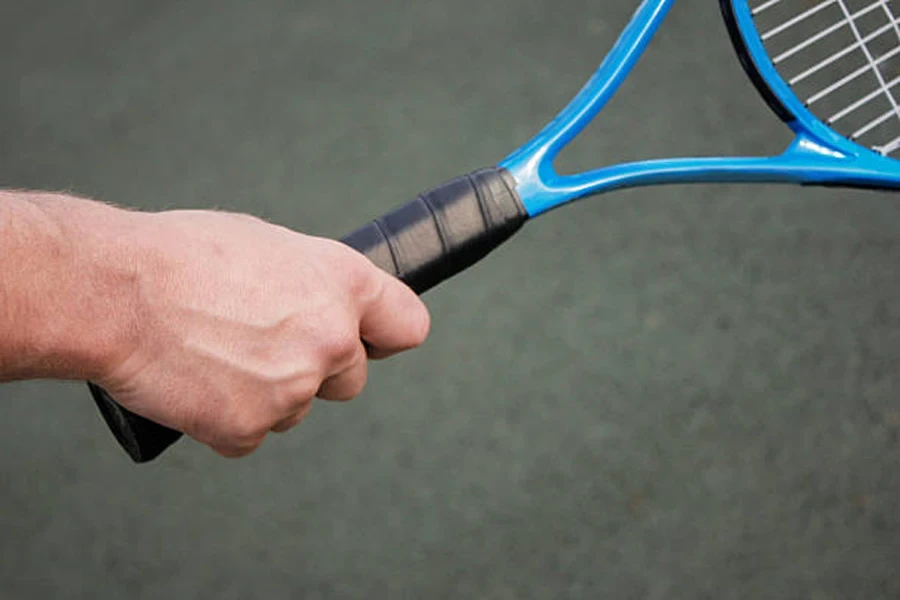
Tennis racquet grips come in different materials and thicknesses, and it’s ultimately up to the buyer as to what version is more comfortable for them. There are two types of grips that are used by players: overgrips and replacement grips. One is more temporary than the other, but both of these grips have important features that consumers will consider before buying them.
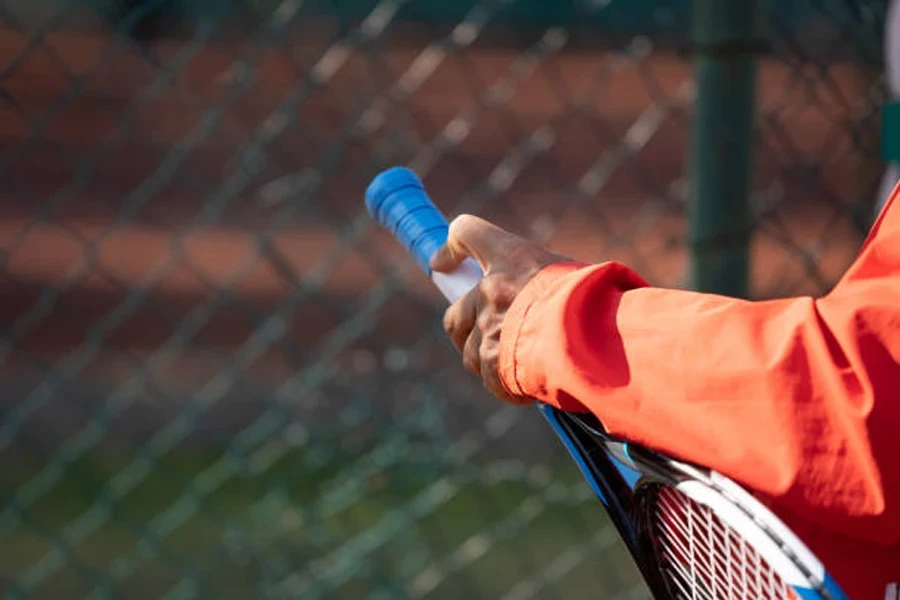
According to Google Ads, “tennis racquet grip” has an average monthly search volume of 3,600, with the most searches coming between August and October at 4,400. For the remainder of the year, searches remain steady between 2,900 and 4,400.
Google Ads also shows that “tennis overgrip” is searched for 8,100 per month on average, and “tennis replacement grip” is searched for 1,900 times. Keep reading to learn more about the features and materials of each of these classifications of tennis racquet grips.
Tennis overgrip
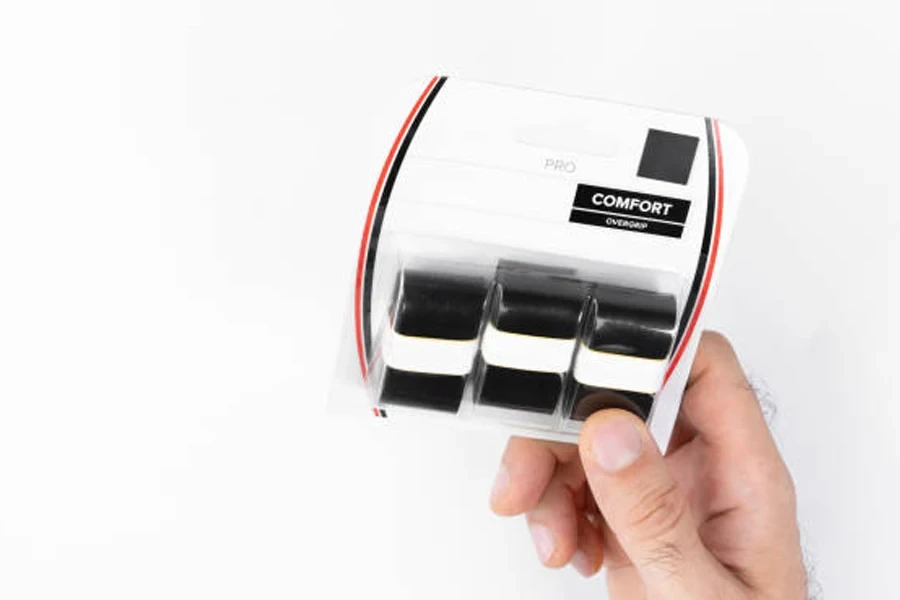
Tennis overgrips are designed to fit over the original grip of the racquet and provide additional cushioning as well as tackiness. Overgrips wrap around the handles of racquets to create additional texture, allowing players to have better grip in all playing conditions. In order for overgrips to work effectively, they need to be wrapped tightly around the handle and secured with a finishing tape to prevent them from unraveling. Many styles incorporate perforations into them for breathability during humid playing conditions.
The materials used for tennis overgrips need to be durable and absorb sweat, so both microfiber and polyurethane are the two main choices. They offer a cushioned feel to the grips that helps to reduce fatigue during play, and the material is able to conform to the player’s hand shape, which helps to increase control. Polyurethane, in particular, is good at reducing the impact of the force that is transmitted through the handle of the racquet when the ball is hit.
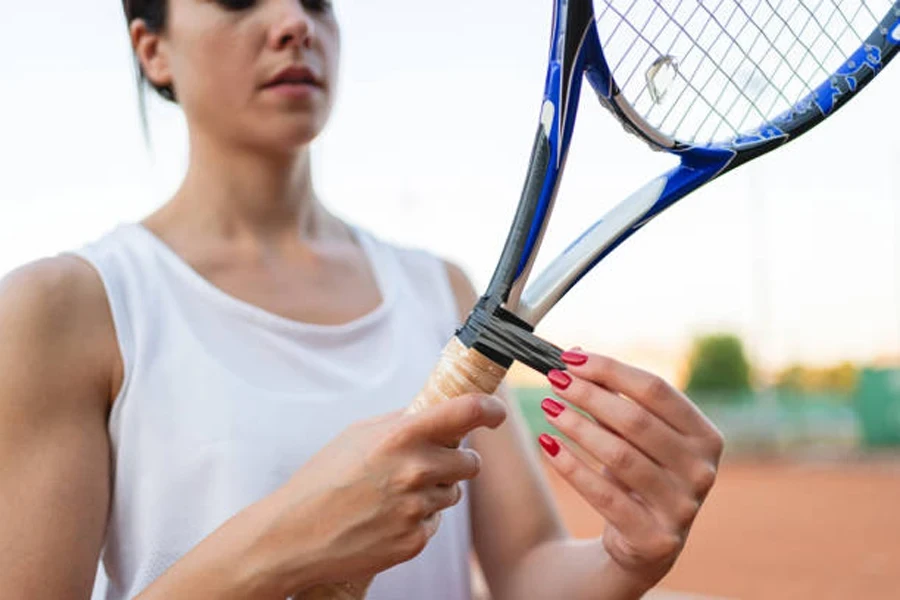
The thickness of tennis overgrips depends on individual preference, sitting between 0.5 and 1.0 millimeters. Normally, these tennis racquet grips are thin, so players have a closer feel to the handle and can control the racquet better. Thicker, more padded grips offer better shock absorption and cushioning but may not be suitable for more intense matches. They’re meant to enhance the grip of handles on a temporary basis without altering the feel of the racquet for players, which is why they fit over the top of the original grips.
Tennis overgrips come in a standard length that’s long enough to cover the length of racquet handles, but the width can vary between models. This standard length allows players to trim the overgrip if needed in order to fit their racquets to their liking. They’re predominantly fitted when grips become worn out, for match preparations, and during longer matches or training sessions to allow for a consistent grip.
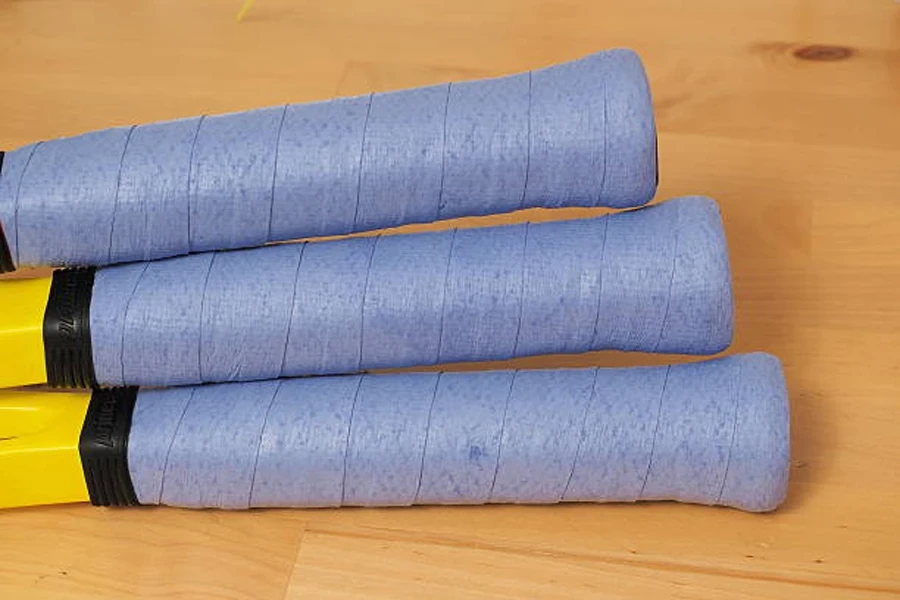
Players will want to ensure that their overgrips can be stretched without breaking, which is important when they’re being applied to the racquet. They need to have strong adhesive properties in order to prevent them from unraveling or slipping while in use. Players don’t want to see their original grip appear under the overgrip mid-point.
On top of the main features for using overgrips, tennis players also enjoy the color and pattern choices too. Many players prefer a solid color for their overgrips, whereas others enjoy a more playful pattern and vibrant colors to make their racquets stand out. They’re available at different price points depending on the brand and materials, but they are very inexpensive overall, which is why so many players stock up on them.
Tennis replacement grip
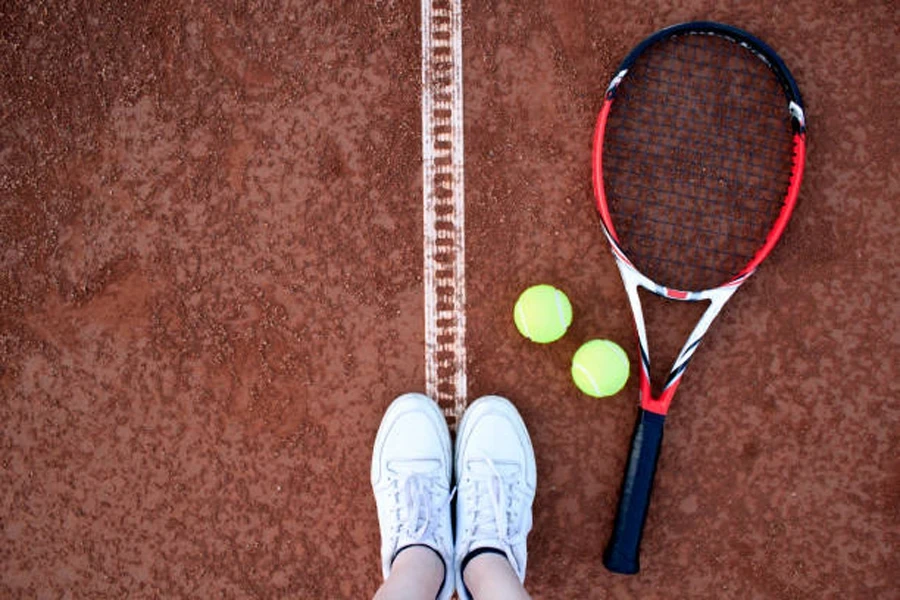
Tennis replacement grips are used to completely replace original tennis racquet grips rather than be wrapped over the top of them. When the original grip is worn out, tennis players may prefer a more permanent solution for grip enhancement than what overgrips offer. Since these grips are placed directly on the frame of the handle, it’s important that they provide additional cushioning and support.
Like overgrips, replacement grips are made from synthetic materials, but synthetic leather is now included along with polyurethane. Both of these materials offer enhanced grip traction and may also include perforations for improved ventilation. Consumers will find that replacement grips are thicker than overgrips because they are designed with long-term durability in mind and are less likely to compress or wear out over time.
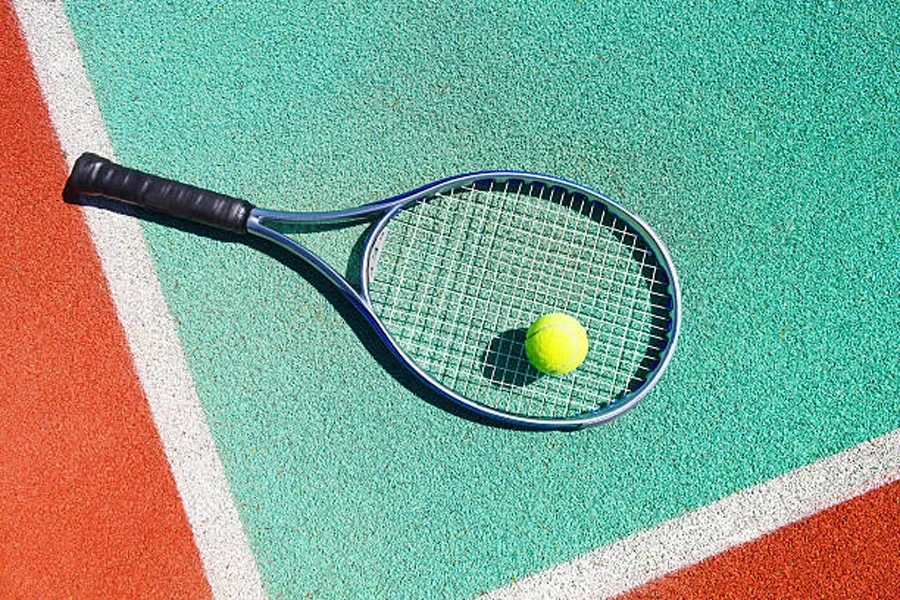
Replacement grips come in a standard length that’s suitable for fitting the entire length of the handles. Depending on the type of tennis racquet (junior or adult), widths can vary so that they’re better suited to the handle. Replacement grips traditionally come in plain colors such as brown, black, or white, but more designs are incorporating patterns into them, though patterns are still more popular in overgrips.
Some consumers may prefer synthetic leather replacement grips to polyurethane, as they’re known for providing enhanced grip and comfort. Leather is a traditional choice when it comes to tennis racquet grips, but it’s no longer as popular as polyurethane, despite being of a higher quality.
These grips are designed to absorb moisture from the player’s hands in order to prevent slipping. In some cases, replacement grips may feature a special coating to make them more comfortable and improve grip during sweaty conditions. This coating will wear down over time, which is why overgrips are often used.
Conclusion
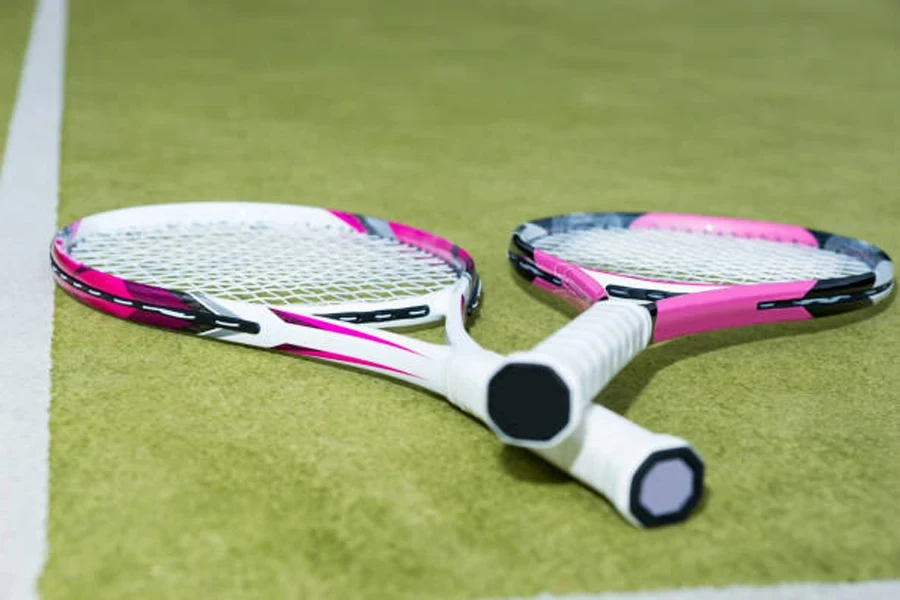
It may look like there are a lot of tennis racquet grips available in today’s market, but ultimately, there are two choices for consumers. Overgrips are wrapped around the original grip and are thinner by design, whereas replacement grips are attached directly to the handle frame and are thicker for enhanced comfort. Overgrips are widely used by players who want a quick fix while playing, making them a more popular choice than replacement grips.
